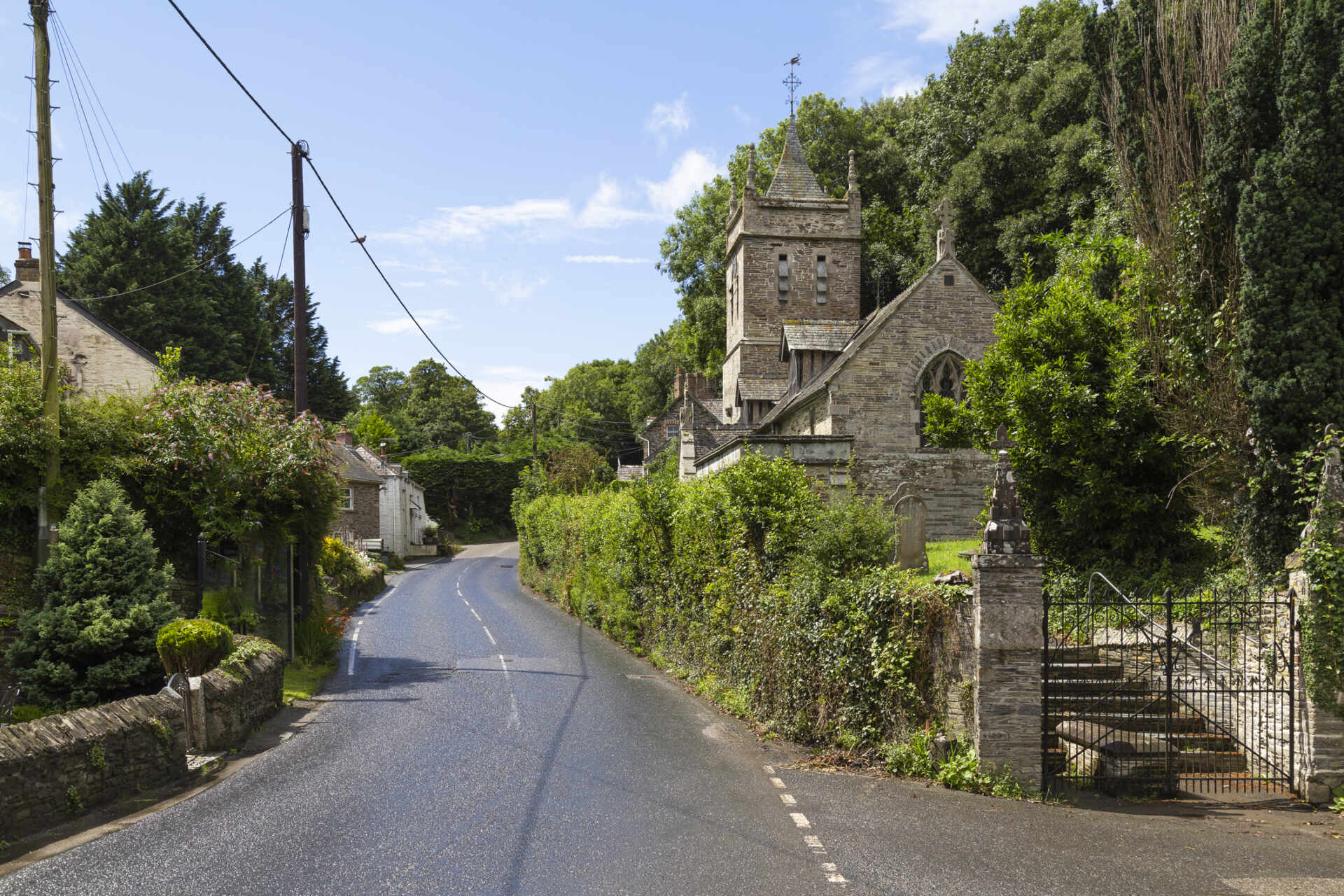One of Cornwall’s three patron saints, Petroc was born a Welsh prince but rejected this title to begin a life dedicated to God. After training in Ireland, he made a pilgrimage to Rome. Returning home, the winds and tides led his ship to Trebetherick (‘place of Petroc’) on the Camel estuary. He now made it his mission to convert the people of Cornwall to Christianity. You’ll find signs of Petroc all over the county, particularly around Padstow. Here are some of the most important.
St Petroc Church – Padstow
Within walking distance of Padstow harbour is the saint’s very first church, founded in 518 AD at Petrocs-Stow (Petroc’s Place), which later became Padstow. Vikings destroyed the original building in 981, and it’s been rebuilt several times since, with the current church constructed from Normandy stone in 1425
St Petroc Minor – Little Petherick
Three miles outside Padstow is a second church dedicated to Petroc. The exterior looks like many other English parish churches, but venture inside and you’ll discover what the architectural historian Sir Nikolaus Pevsner called ‘one of the architectural highlights of Cornwall’. The mediaeval building was restored in the early 20th century, at the end of the Gothic revival, which is reflected in the church’s extravagant altar and domineering rood screen. Be sure to look out for a slightly comical statue of St Petroc and his pet wolf.
Constantine Bay
Petroc is frequently associated with animals. On a visit to India, he is said to have tamed a wolf which stayed with him and watched over him as he prayed. You can see Petroc with his faithful pet in a stained glass window at St Olaf’s Church near Bude.
One day, when he was praying in the woods, Petroc heard hunters’ horns and soon after a faun appeared before him. A group of men on horseback were close behind and their leader, Prince Constantine, demanded Petroc release their prize. Despite threats, Petroc refused and prayed for help. Constantine froze on the spot and was only released when he agreed to dedicate his life to Petroc’s ministry. The animal escaped and the prince built a hermitage above what is now called Constantine Bay.
Bodmin reliquary
In 530 AD, Petroc moved on from Padstow, setting up a new community in Bos-Menegh (place of monks), now known as Bodmin. There is still a church on the site and it’s here that the last surviving icon of Petroc is housed. His remains were stolen by a Breton in 1177 but returned to Bodmin by Henry II and housed in an impressive reliquary made in the 12th century from Sicilian ivory.
Petroc and homelessness
Another legend has it that when Petroc arrived at Padstow he had nowhere to stay, so he walked to Fowey fruitlessly searching for accommodation. He became the patron saint of the homeless and, since 1986, has lent his name to St Petrocs, a charity dedicated to tackling homelessness in Cornwall.
